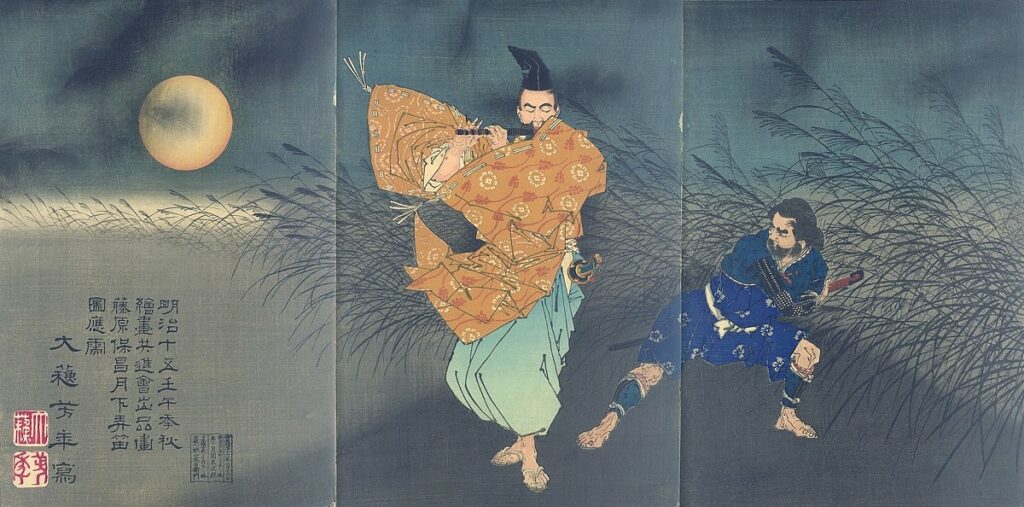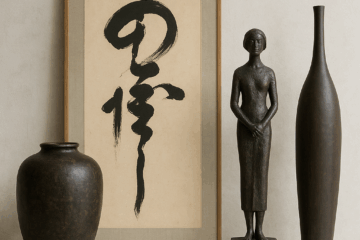For centuries, the moon has occupied a central place in Japanese culture. From festivals dedicated to the full moon, to the celebration of the equinox, to the silent contemplation of clear nights, this elusive star has established itself as one of the most poetic motifs in Japanese art. The masters of printmaking have taken advantage of its light, sometimes diffuse, sometimes intense, to reveal the profound harmony that unites man, nature and the passing of time.
The moon and the rhythm of the seasons
In Japan, the moon is often associated with seasonal changes and the ceremonies that accompany them. The arrival of the equinox - spring Shunbun no hi or autumn Shūbun no hi - marks a time of contemplation and gratitude.
It's also a time when nature, in perpetual motion, takes on new hues.
Japanese prints exploit the atmospheric beauty of these pivotal moments: the chiaroscuro of a spring sky, or the silvery light reflected on the red leaves of autumn.
One of the oldest practices is "Tsukimi", literally "contemplating the moon".
During this festival, the full autumn moon is observed to celebrate the harvest and the fleeting beauty of the season. In printmaking, this ritual takes the form of night scenes in which the silhouettes of travelers, maple trees or temples stand out against a perfectly round lunar disk, symbolizing the ephemeral and cosmic harmony.

Reflections of night in printmaking
Fascination with the moon has inspired many master printmakers.
Hokusai, in his collection Thirty-six Views of Mount Fuji, depicts the imposing silhouette of the volcano under the milky light of a full moon. His contemporary Hiroshige, for his part, offered a subtle atmosphere in several of his series, including One Hundred Views of Edo: moonlight shimmering on calm waters, for example, accentuates the tranquility of the scene.

Another remarkable artist, Tsukioka Yoshitoshi, devoted an entire series to the nocturnal star: Cent aspects de la lune. In these prints, the lunar star sheds light on historical and legendary figures, reminding us of its spiritual dimension in Japanese culture. Examples include "The Moon of Yoshiwara", in which the moon's halo haloed the silhouette of a courtesan, and "The Full Moon of the Canopy", celebrating the complicity between man and nature.

In these works, the moon becomes a guide, a mirror and a messenger of the passing of time. It transcends mere décor to become a real character, witness to fleeting moments and guardian of age-old traditions. To contemplate the moon in Japanese prints is to embrace the very soul of Japanese culture: a subtle balance between attentive observation, veneration of nature and the quest for eternal beauty.




